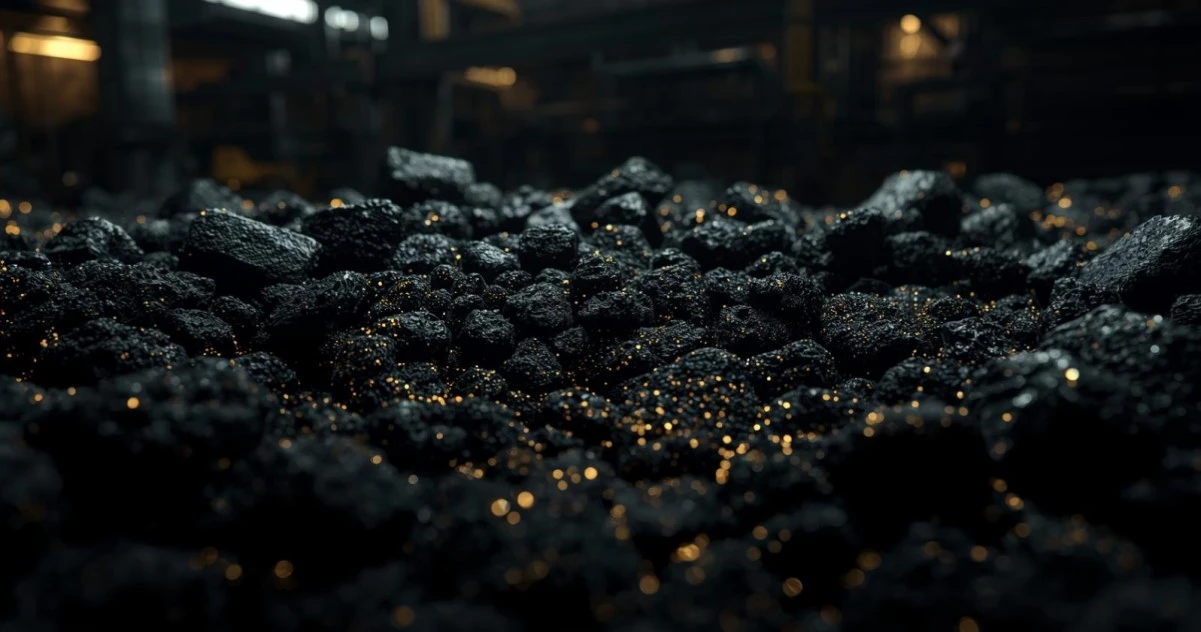When it comes to extracting gold efficiently, activated carbon is one of the most powerful tools available to processing plants. Used in popular recovery systems like CIP, CIL, and CIC, activated carbon enables gold producers to maximize yield, reduce operating costs, and streamline metallurgical flowsheets.
If you’re exploring ways to improve gold recovery performance, here’s are the Advantages of Activated Carbon in Gold Recovery.
Advantages of Activated Carbon in Gold Recovery
1. Exceptional Gold Adsorption Capacity
The core strength of activated carbon lies in its ultra high surface area and microporous structure, which makes it an ideal medium for capturing gold cyanide complexes in solution. A single gram of activated carbon can provide up to 1,000 m² of surface area, enabling:
- Rapid and efficient gold capture
- High recovery from low grade or complex ores
- Reduced gold loss in tailings
2. Targeted Selectivity for Gold Over Other Metals
Gold isn’t the only metal in leach solutions but with activated carbon, it’s the one that matters most. Unlike other sorbents, activated carbon selectively binds gold cyanide complexes while rejecting many impurities like:
- Copper
- Zinc
- Iron
This results in:
- Cleaner gold eluates
- Lower refining costs
- Improved recovery accuracy
3. Cost Efficiency Through Regeneration
One of the most valuable traits of activated carbon is its reusability. Through acid washing and thermal regeneration, carbon can be cycled through dozens of adsorption runs without significant degradation.
Benefits:
- Reduced raw material costs
- Less frequent carbon replacement
- Lower waste disposal volumes
4. Seamless Integration with Modern Gold Recovery Systems
Activated carbon is engineered to perform flawlessly in leading gold recovery technologies:
- CIP (Carbon in Pulp): Carbon is added after leaching
- CIL (Carbon in Leach): Adsorption happens during leaching
- CIC (Carbon in Column): Used for treating clear cyanide solutions
Because of its robust physical structure and chemical stability, activated carbon handles:
- High throughput
- Aggressive chemical environments
- Long operating cycles
These characteristics make it ideal for use in both batch and continuous recovery systems.
5. Reliable Performance Across Diverse Ore Types
Gold ores vary dramatically between sites, but activated carbon remains consistent. It effectively adsorbs gold from:
- Oxide ores
- Sulfide rich or refractory ores
- Heap leach operations
- Tailings retreatment
Even when ores contain interfering metals or organic contaminants, high quality activated carbon maintains adsorption performance.
Environmental and Operational Advantages
Activated carbon supports sustainable mining operations through:
- Lower cyanide use
- Reduced environmental discharge
- Efficient use of materials (due to recyclability)
Additionally, its mechanical strength minimizes losses from attrition and carbon fines, improving system stability over time.
Quick Overview: Benefits at a Glance
| Benefit | Key Impact |
| High Gold Adsorption | Fast and efficient gold capture, even from low grade ores |
| Metal Selectivity | Reduces impurity co-adsorption, simplifies refining |
| Regenerable & Reusable | Lowers operating costs and raw material needs |
| System Compatibility | Works with CIP, CIL, CIC, and heap leach recovery flows |
| Ore Versatility | Handles a wide range of ore types and impurity levels |
Why It Matters: Real Impact on Plant Efficiency
Mining operations that rely on high quality activated carbon often experience:
- Improved plant recovery rates
- Higher profitability per ton of ore
- Reduced environmental compliance issues
By incorporating activated carbon into your gold recovery system, you’re not just improving efficiency you’re investing in long term operational success.
Related Readings
- CIP vs CIL: A Complete Guide to Gold Recovery Systems
- Activated Carbon in Gold Recovery
- What is Activated Carbon?
- Precious metal extraction
Get in touch with Ozechem today to request a technical datasheet, sample, or expert consultation and discover how our solutions can improve your plant’s gold recovery rates and bottom line.
